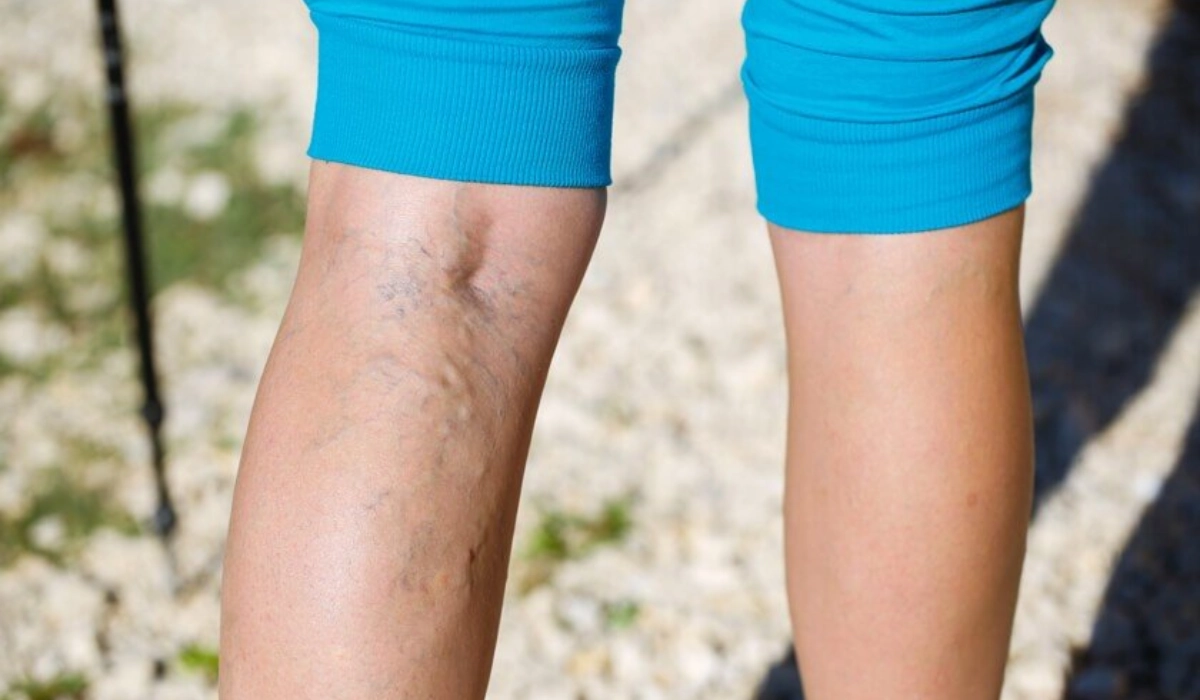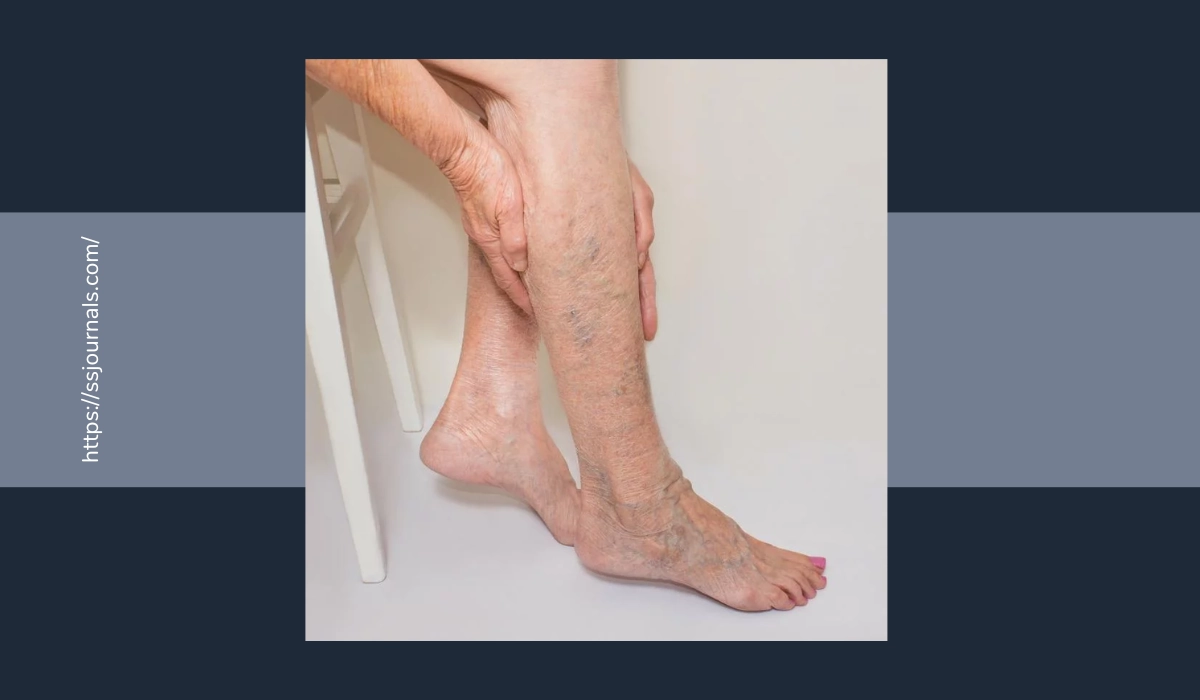Venous insufficiency! Well, the term is quite frightening, and it should be, as it causes pain and suffering to people who have this. So, when it comes to people who already have this condition, it’s not uncommon in middle-aged and older people. According to a report, around 25 to 40% of males and 10 to 205 of females have venous insufficiency around the globe.
Anyway, this article is about treating this condition in the best natural ways, so keep reading further. Here, you’ll learn about all the details and information about its natural remedies and lifestyle changes to prevent this condition:
An Overview Of Chronic Venous Insufficiency
Venous insufficiency is not a disease in itself; it’s just a condition that most commonly affects a person’s left leg, causing blood pools. In simple terms, your blood veins are designed to flow your blood throughout the body and then force it back to your heart.

This process is accomplished through valves present in your veins, and when those valves start to malfunction, the blood can get stored in your leg, causing you pain and swelling.
Usually, people who start to have venous insufficiency get varicose veins or restless leg syndrome. If you have varicose veins, it might be causing your purple and tangled veins, while if you have restless leg syndrome, it can cause you distress in your legs.
Chronic venous insufficiency is usually due to the high body mass index of your body and, in some cases, if you are pregnant. Having this condition during pregnancy is usually uncommon, but if you have it, you can consult your healthcare provider for treatment.
Lifestyle Changes For Treating Venous Insufficiency
Generally, when you get diagnosed with venous insufficiency, your doctor will prescribe you therapies and medications for the treatment. However, when you’re looking for natural remedies, you can take advantage of some lifestyle changes.
Doing exercise, eating a nutritious diet, and maintaining a healthy BMI can come in handy if you’re trying to get rid of this condition naturally. So, here are all the activities that can help you treat your venous insufficiency at home:
➡️Wear Specific Clothes To Increase Your Blood Flow
One of the main causes of venous insufficiency in people is that they have poor blood flow in their bodies due to their lifestyle. When you already have this condition, make sure you’re wearing compression clothes (tight clothes) around the affected area. Wearing compression clothes in the affected area will help you increase your blood flow and give your valves time to repair.
➡️Be More Active Throughout The Day
When you are inactive or resting, your blood flow slows down, and if you have venous insufficiency, it might not be good for you. Make sure you are doing physical activities to maintain your blood flow throughout the day. This will help you reduce the effects of varicose veins and might even help treat your venous insufficiency.
➡️Prioritize Your Exercise
Everyone knows that exercising increases your heartbeat, which means increased blood flow. You can do some exercises like cycling, running, or even gym workouts like stretching and weight lifting. These physical activities can help you boost your blood flow and reduce the blood storage in your legs due to venous insufficiency.
➡️Regulate Your BMI
People who are overweight or obese have the highest chance of getting venous insufficiency. This is due to their increased BMI and excessive fat, which compresses their veins and slows their blood flow down.
When you focus on reducing your body mass index naturally, it might lead you to treat your venous insufficiency altogether. So, make sure you are eating healthy and keeping your BMI optimal for healthy veins and valves.
Dietary Restrictions And Herbs For Natural Treatment
One thing that is clear about venous insufficiency is that it is caused due to valve malfunction in your body. This malfunction can happen due to your high BMI, improper nutrition, or injury to your affected area. So, the thing you can focus on to treat your venous insufficiency is improving your dietary choices.
You can add a few of these food items to your diet to improve your valve health naturally and treat your venous insufficiency:
- Leafy green vegetables: Broccoli, spinach, and kale are a few green vegetables you can choose to improve your valve health naturally.
- Fatty and vitamin-rich fruits: You can add avocados, oranges, bananas, and blueberries to your diet for better nutrition to your valves and reduce venous insufficiency.
- Choosing plant-based proteins: Soya beans, lentils, brown rice, and legumes are good sources of proteins, which will help you gain muscles and lose fat over time.
- Less salty foods: eating more salt can worsen your condition if you have venous insufficiency, so make sure you are eating as much salt in your diet as possible.
Things that can help you treat your venous insufficiency naturally are maintaining your optimal blood flow all the time and eating a healthy diet continuously. These mentioned dietary choices will help you achieve that.
Effective Prevention Tips
When it comes to preventing venous insufficiency, you can always stay healthy and fit and reduce your chances of getting this condition.
Some effective prevention tips are keeping a healthy Body Mass Index (BMI), changing your lifestyle, and adding some dietary restrictions in your life. When you follow these prevention tips, not only do your valves stay healthy, but you also reduce your chances of getting cardiovascular diseases in the future.
Summing Up
Having restless legs, distress, or varicose veins are some of the most common signs of venous insufficiency. So, if you have any of these symptoms, make sure you consult your healthcare instructor for better and personalized advice.
Your doctor might prescribe you some medications or therapy sessions, but you can choose all the natural remedies instead for your satisfaction.
Anyway, poor eating habits and lifestyle choices are some of the main causes of venous insufficiency and many other health issues. So, make sure you are exercising, eating healthy, and having mindfulness all the time to keep yourself safe.

